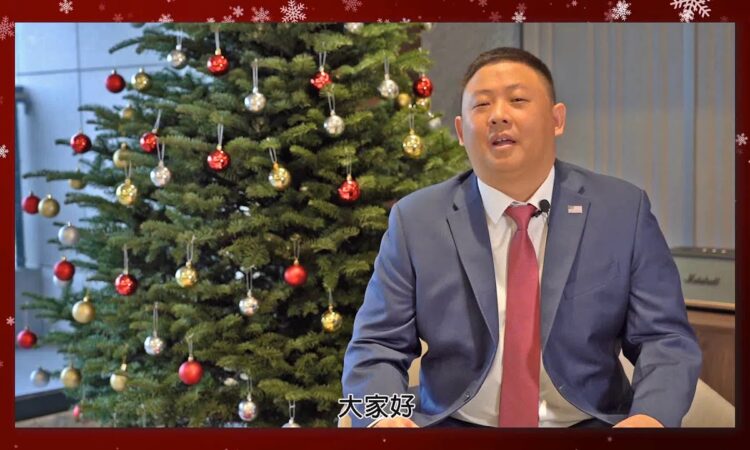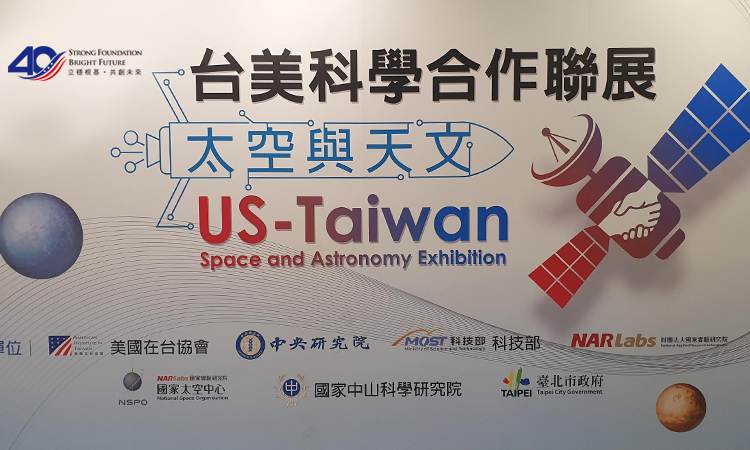February 26, 2019
AIT Official Text #: OT-1903
The American Institute in Taiwan (AIT) is celebrating its 40th anniversary this year, marking 40 years of friendship and partnership between the United States and Taiwan since the signing of the Taiwan Relations Act in 1979.
The United States and Taiwan have an impressive record of cooperation and joint achievements, particularly in the area of science and technology. Our shared traditions of innovation and entrepreneurship ensure that both the United States and Taiwan will benefit from our continued science engagement.
We welcome you to this space and astronomy exhibition highlighting our strong partnership in science and technology. This exhibition looks at different programs that symbolize U.S.-Taiwan space and astronomy cooperation.
Our cooperation began with the 1994 design and manufacture of FORMOSAT-1, a scientific experimental satellite. The development of the Alpha Magnetic Spectrometer (AMS) in 1995, a particle physics detector on the International Space Station, is a 16 country multinational collaboration involving 600 scientists from 60 universities and research institutes. AMS searches outer space for antimatter and dark matter to answer questions about the origin of the universe.
Another example of U.S.-Taiwan space cooperation is the 2003 launch of the Submillimeter Array (SMA) located on Mauna Kea, Hawaii, which is the first radio interferometer at wavelengths shorter than one millimeter wavelengths, achieving very high resolution and allowing us to see the material around stars in galaxies. The Atacama Large Millimeter/submillimeter Array (ALMA) project, which kicked off in 2013, is a partnership between scientific communities around the world and physically located in Chile. ALMA’s unprecedented high angular resolution and sensitivity have enabled many research breakthroughs from individual star formations to high-redshift galaxies. The Greenland Telescope, another U.S.-Taiwan collaboration launched in 2016 and is expected to make history by taking the very first shadow image of a supermassive black hole.
FORMOSAT-5, Taiwan’s first domestically-developed remote sensing satellite, was launched by SpaceX in the United States. The COSMIC (Constellation Observing System for Meteorology, Ionosphere, and Climate) mission, referred to as FORMOSAT-3 in Taiwan, provided invaluable meteorological, climate, and other data to 30,000 scientists in 80 countries. The United States is currently working with Taiwan’s National Space Organization to replace the first COSMIC satellite constellation with COSMIC-2/Formosat-7, which will improve weather prediction and climate and space weather monitoring.
As we celebrate the 40th anniversary of the Taiwan Relations Act and the founding of AIT, we look back at the strong foundation we have established together and also look forward to further strengthening our relationship over the next 40 years and beyond.


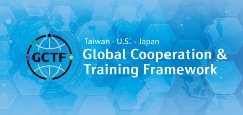




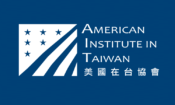

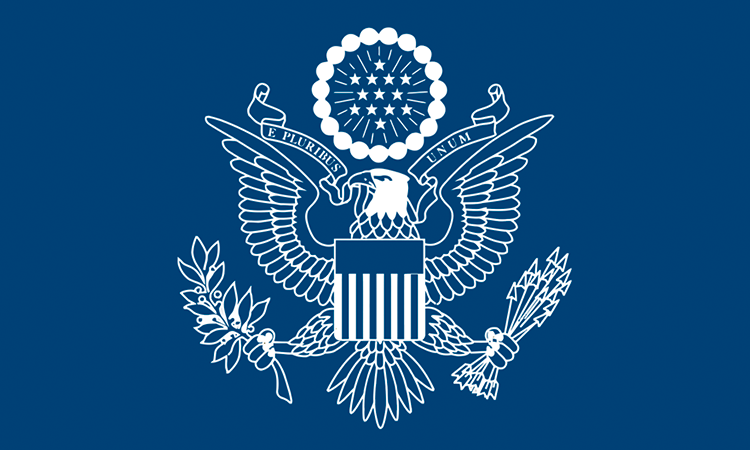





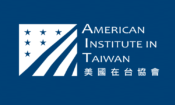
![Video Thumbnail [Recovered]-01](../wp-content/uploads/sites/269/Video-Thumbnail-Recovered-01-1-750x450.jpg)
